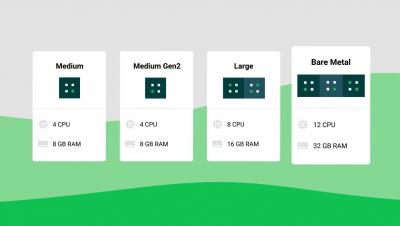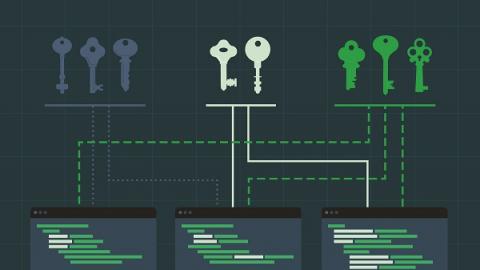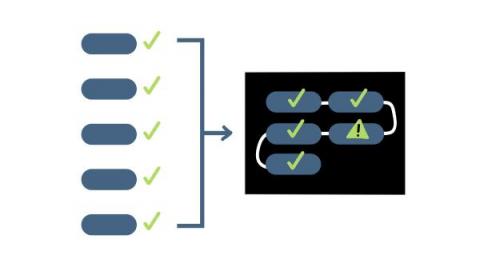How automation drives DevOps
DevOps is the combination of software development and IT operations. It is a set of tools and methodologies designed to speed up the development of a product and facilitate efficiency throughout its lifecycle. DevOps can increase the rate at which applications and updates are delivered by managing and automating the monotonous and repetitive tasks that plague the development and deployment process.











